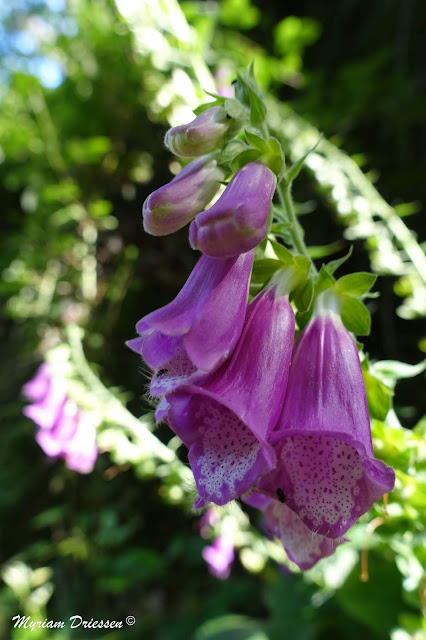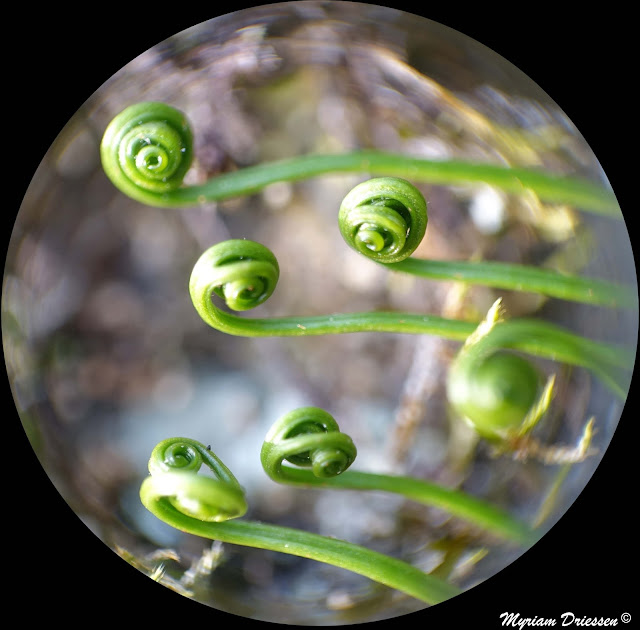Small fossil of archaecyatha found on Saterday ASNAT geology trip in the Black Mountain, South of France.
Archaeocyatha (or archaeocyathids, meaning ancient
cups) is a taxon of extinct reef-building marine organisms of
warm tropical and subtropical waters that lived during the early (lower) Cambrian Period, more than 500 million years ago. They became the planet's
very first reef-building animals and are an index fossil for the
Lower Cambrian worldwide. Almost all species became extinct by the
Middle Cambrian, with the final-known species disappearing just prior to the
end of the Cambrian period.
Some archaeocyathans were built like nested bowls,
while others were long. Some were solitary organisms, while others formed colonies.
The typical archaeocyathid
resembled a hollow horn coral. Each had a conical or vase-shaped
porous skeleton of calcite similar to that of a sponge.
The
structure appeared like a pair of perforated, nested ice cream cones. Their
skeletons consisted of either a single porous wall (Monocyathida), or more
commonly as two concentric porous walls, an inner and outer wall separated by a
space. Inside the inner wall was a cavity. At the base, these
pleosponges were held to the substrate by a holdfast. The body
presumably occupied the space between the inner and outer shells (the
intervallum).
Archaeocyathan morphology allowed them to
exploit flow gradients, to draw water through the pores, removing
nutrients, and expelling spent water and wastes through the pores into the
central space.
The archaeocyathans inhabited coastal areas of shallow
seas, like this place in South of France was during early Cambrian
period before moving
to
its current place.
Their widespread distribution over almost the entire
Cambrian world, as well as the taxonomic diversity of the species,
might be explained by surmising that, like true sponges, they had a planktonic larval stage
that enabled their wide spread.









